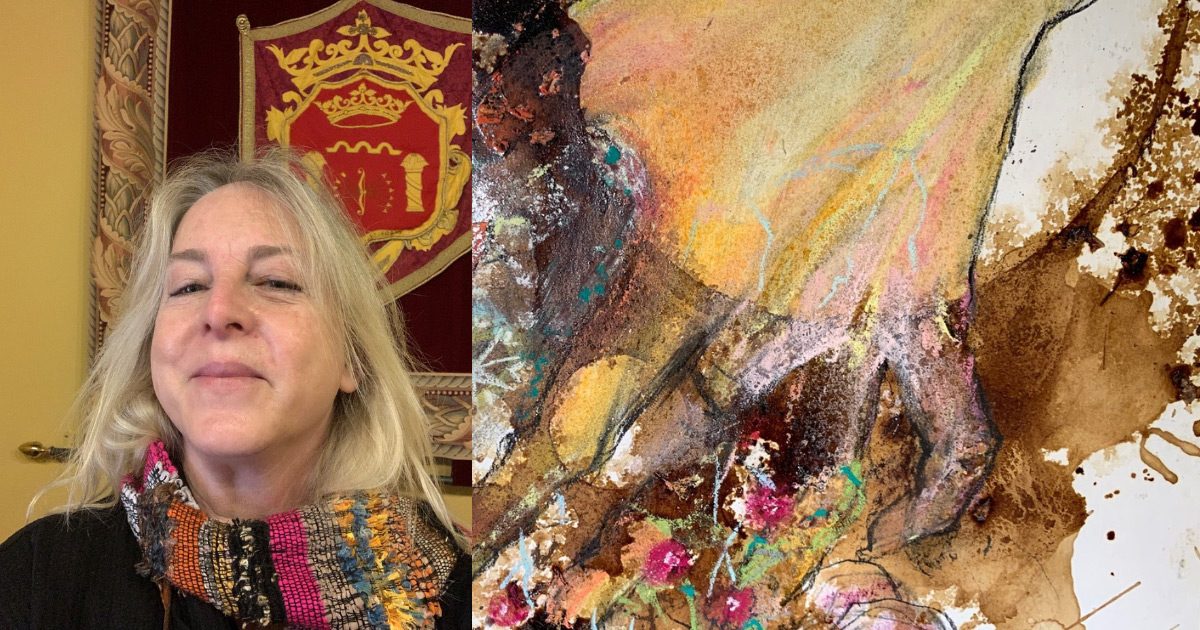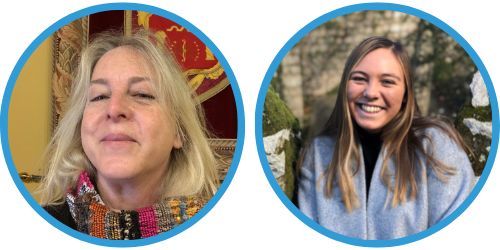The Women of CalTrout
March is Women's History Month, and all month long we are celebrating the historical and contemporary accomplishments of women around the world. Within our own organization, we are continually encouraged by the women of CalTrout who are creating real, lasting change. They are leading, discovering, exploring, lobbying, advocating, healing, nurturing, building relationships, and making their own mark on history each day they step into the office or the field. Follow our Women of CalTrout profile series as these women share their own stories and experiences as women in conservation, science, and intertwined fields at CalTrout.
Gaby Roff, Director of Institutional Giving, and Kara Glenwright, Communications Manager
KG: What inspired you to pursue a career in conservation and a career at CalTrout?
GR: When I started as a fundraising consultant with CalTrout 15 years ago the organization was one of a portfolio of worthwhile clients. By the second year, I was so impressed with the organization’s potential – it’s people and community-based model - that I was glad to commit myself full time. My gratitude grows each year – it’s fulfilling to know that you are part of a team making real change on the ground. Global warming and species extinction would be overwhelming without this opportunity to address it meaningfully.
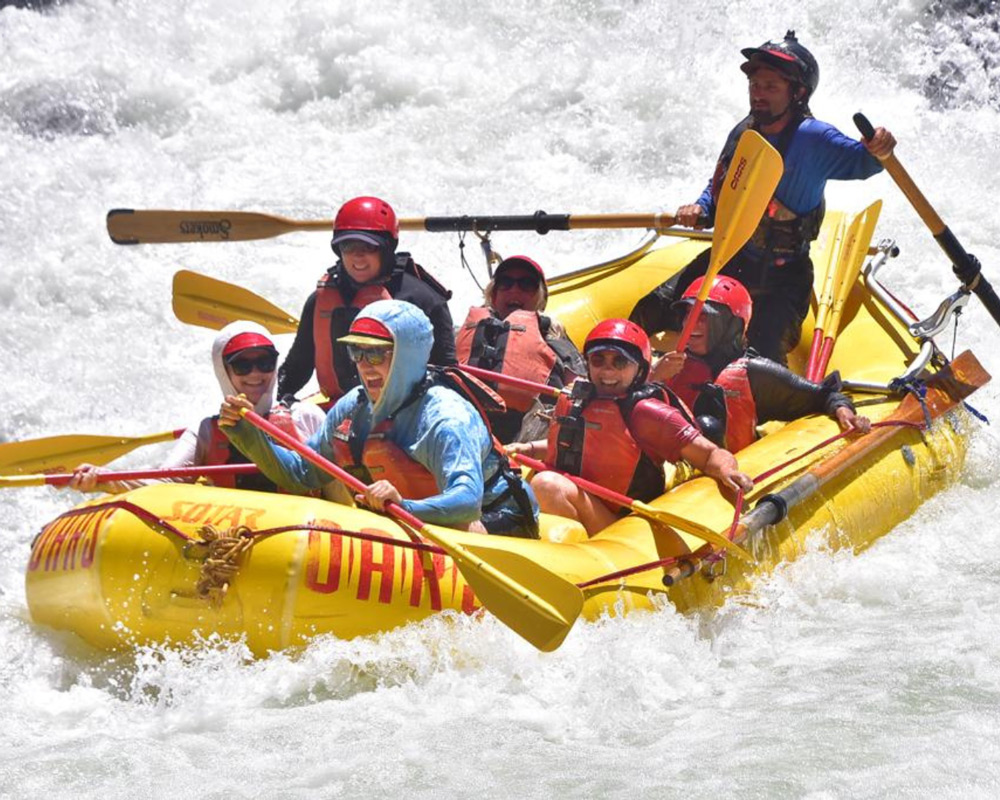
KG: What is your favorite part of your job? Could you share with me some of the most rewarding moments of your work?
GR: My favorite part of the job is helping the regions translate their vision into programs on the ground. I also really enjoy leading and learning from the grants team – a remarkable group of smart, cooperative, kind, women. A recent highlight for me is the Diversity Equity Inclusion and Justice rubric that the grants team developed to support and evaluate the changes CalTrout is committed to making within our conservation model. Over the course of a year, the team conducted a literature review, evaluated a range of methodologies, discussed criteria at length, and finetuned the application to meet the specifics of our work. Together with regional staff, the grants team reviews projects at their launch – in terms of our goals for diversity, equity, inclusion and justice – with our partners, vendors, decision making processes, outreach, and communication.
KG: What does it mean to you to be a woman in this field?
GR: The move beyond a male dominated conservation field has opened other doors to progress as well. For example, we are better able to speak about the importance of relationships in getting the work done – relationships built by men and women alike – but more readily discussed by women.
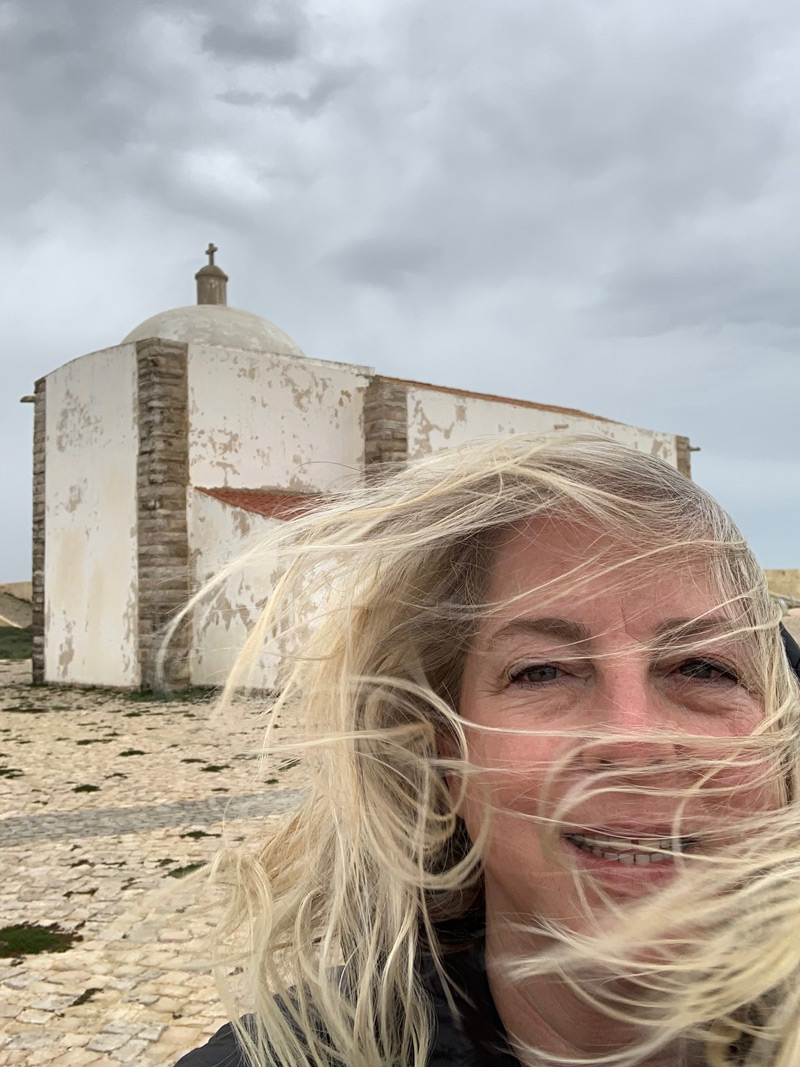
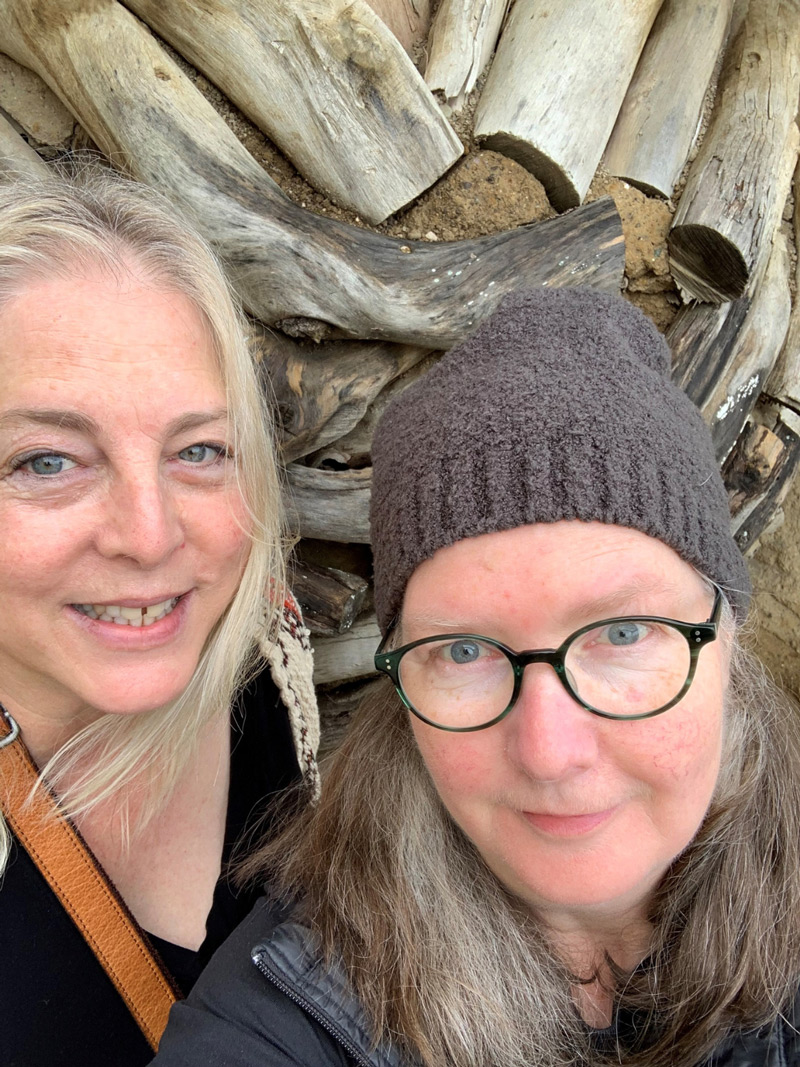
KG: To celebrate the "history" part of Women's History Month—is there a woman from history that you find especially inspiring? Or perhaps someone from your own life?
GR: Sojourner Truth’s unwavering activism, her orientation to hope, and the signs she embroidered – I find especially inspiring.
KG: Looking to future generations of women — what message would you share with younger women who hope to pursue a career in conservation someday?
GR: Do it. We need you.
KG: Last! Do you have a favorite river of body of water in California?
GR: I visit the bay at dawn most mornings – I’ve come to know it and love it well.
Cover Photo: Gaby Roff and her art as a backdrop.
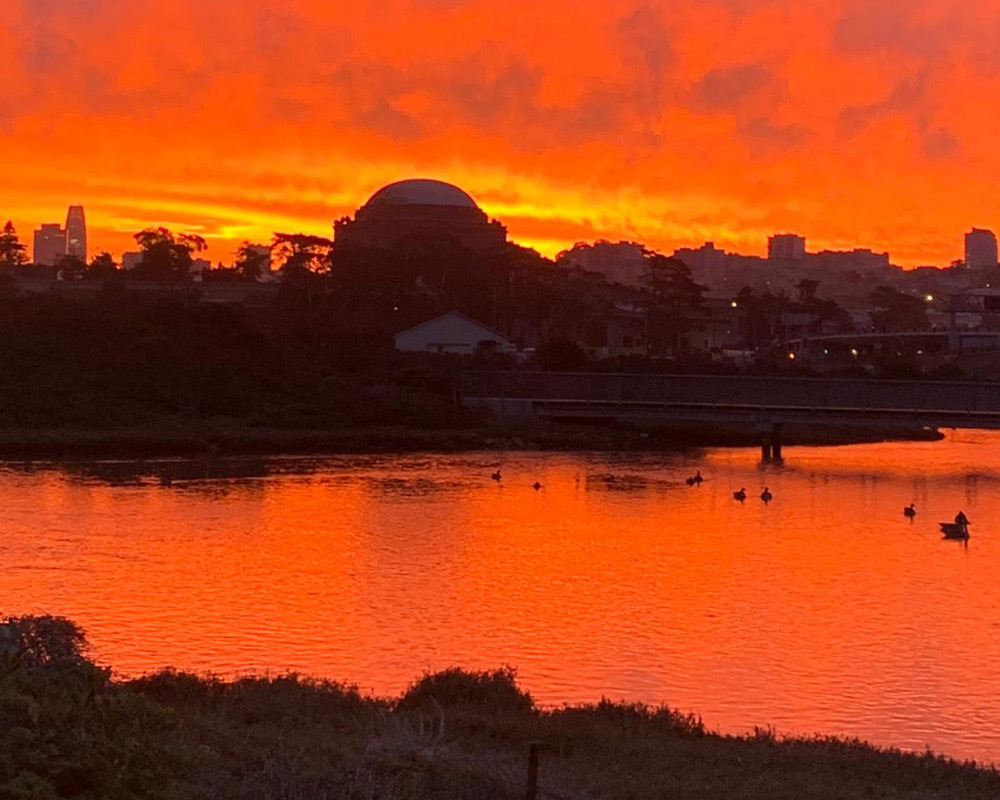
Meet the Women of CalTrout
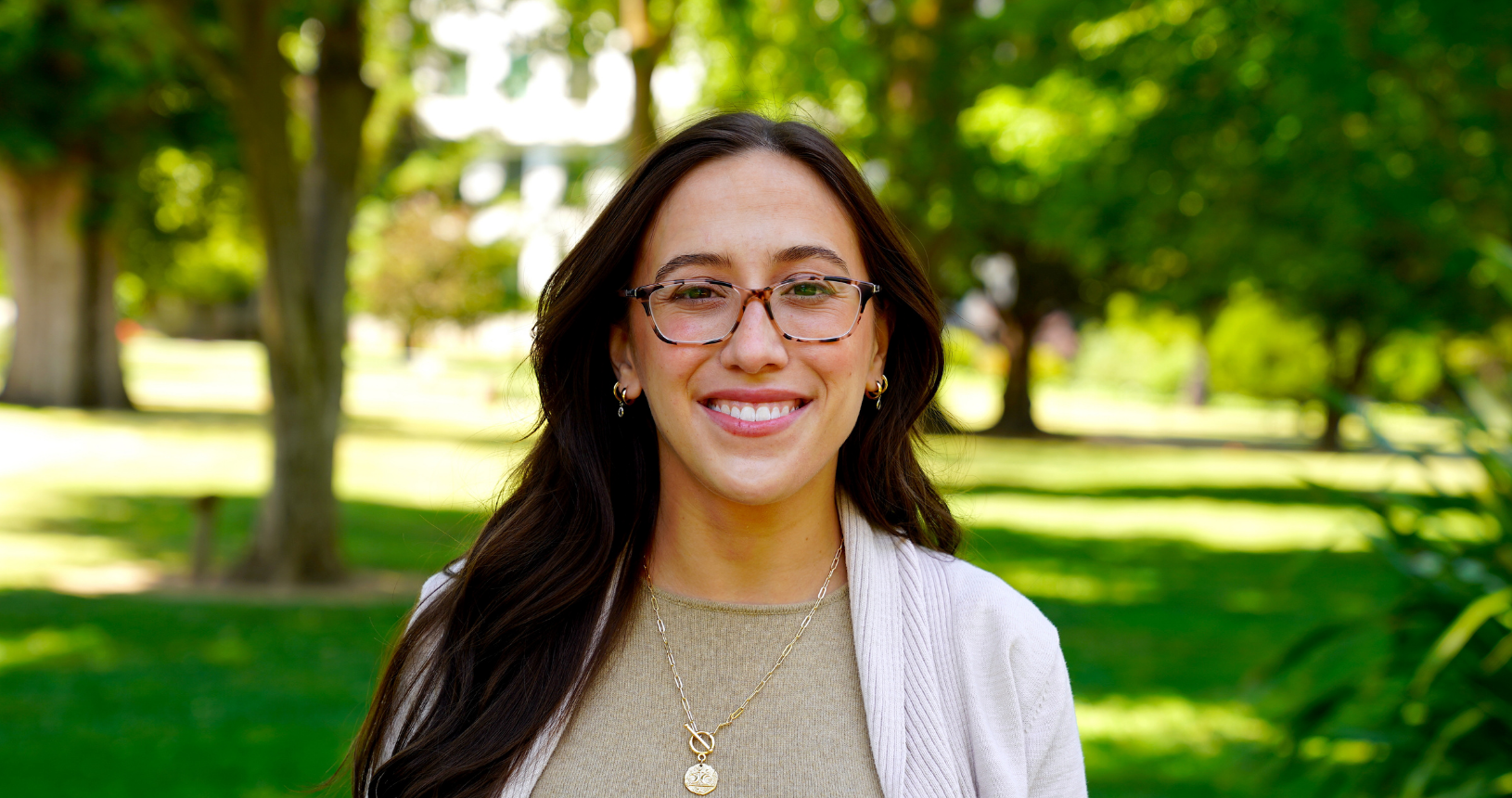
Analise Rivero
CalTrout Associate Director of Policy
Amanda Cooper
CalTrout Staff Attorney
Katy Gurin
CalTrout North Coast Project Manager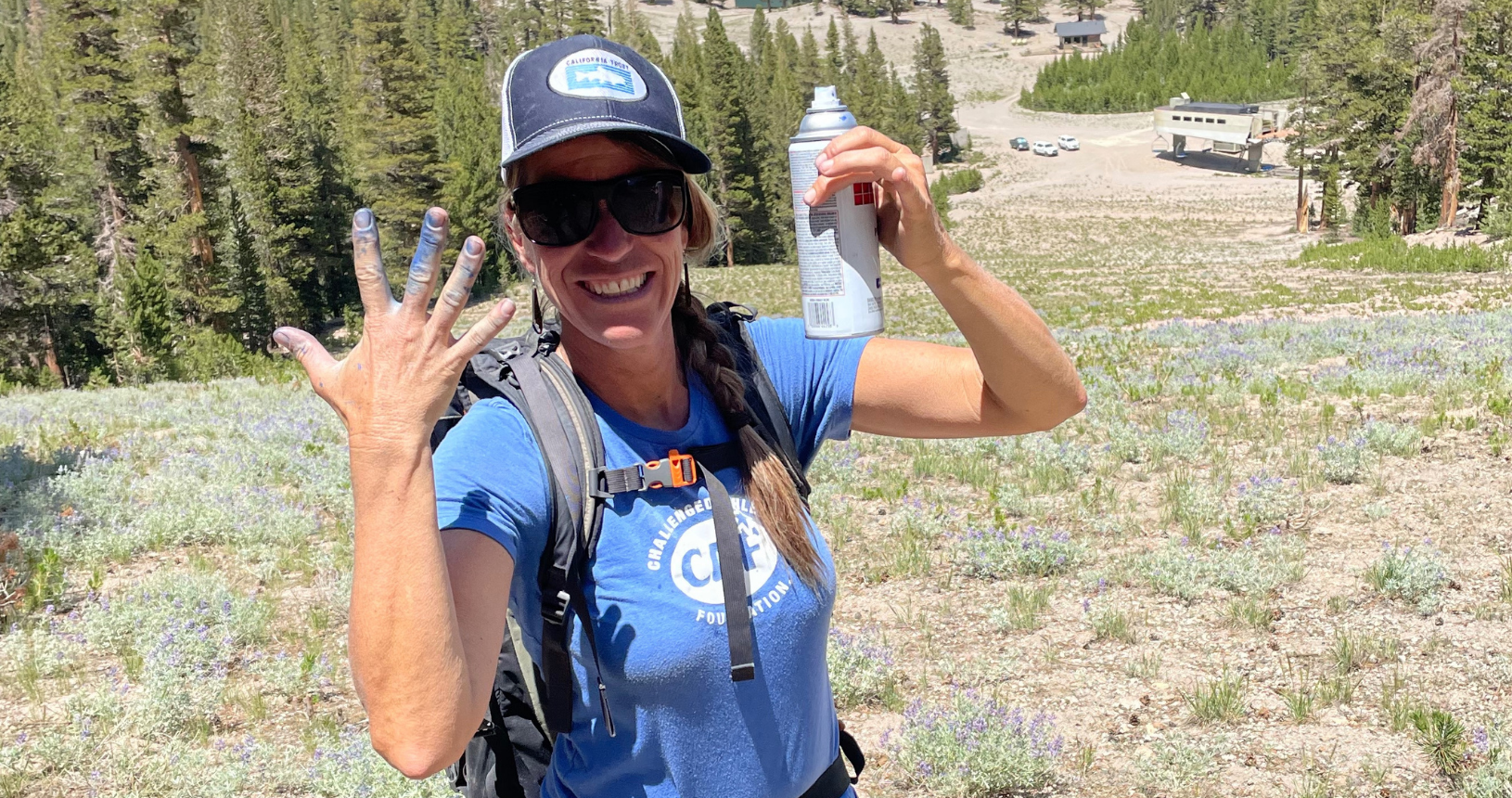
Allison Dodds
CalTrout Sierra Headwaters Project Manager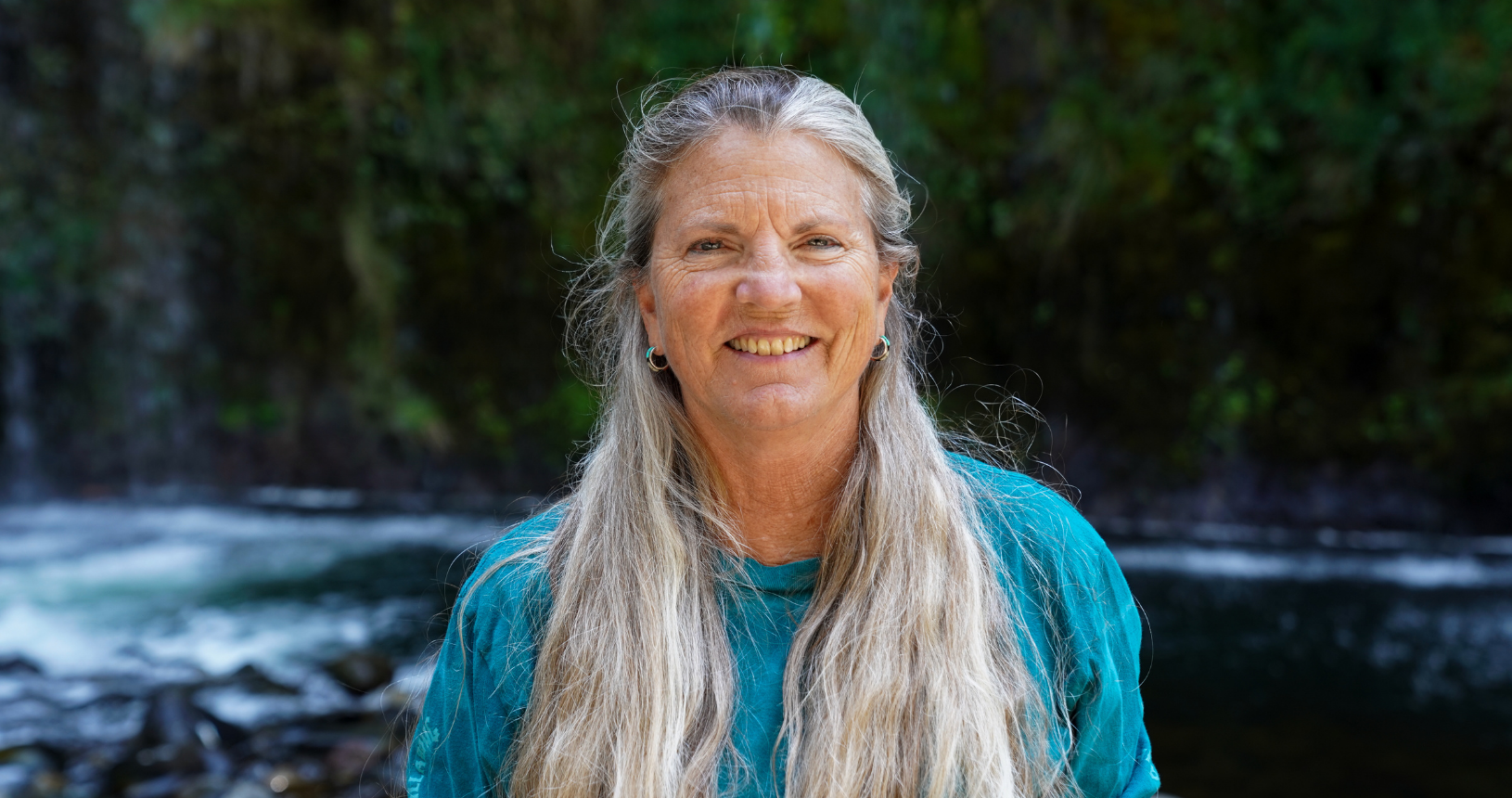
Sandra Jacobson
CalTrout Sierra Headwaters & South Coast Regional Director
Ada Fowler
CalTrout Mount Shasta-Klamath Senior Project Manager
Kam Bezdek
CalTrout Policy Associate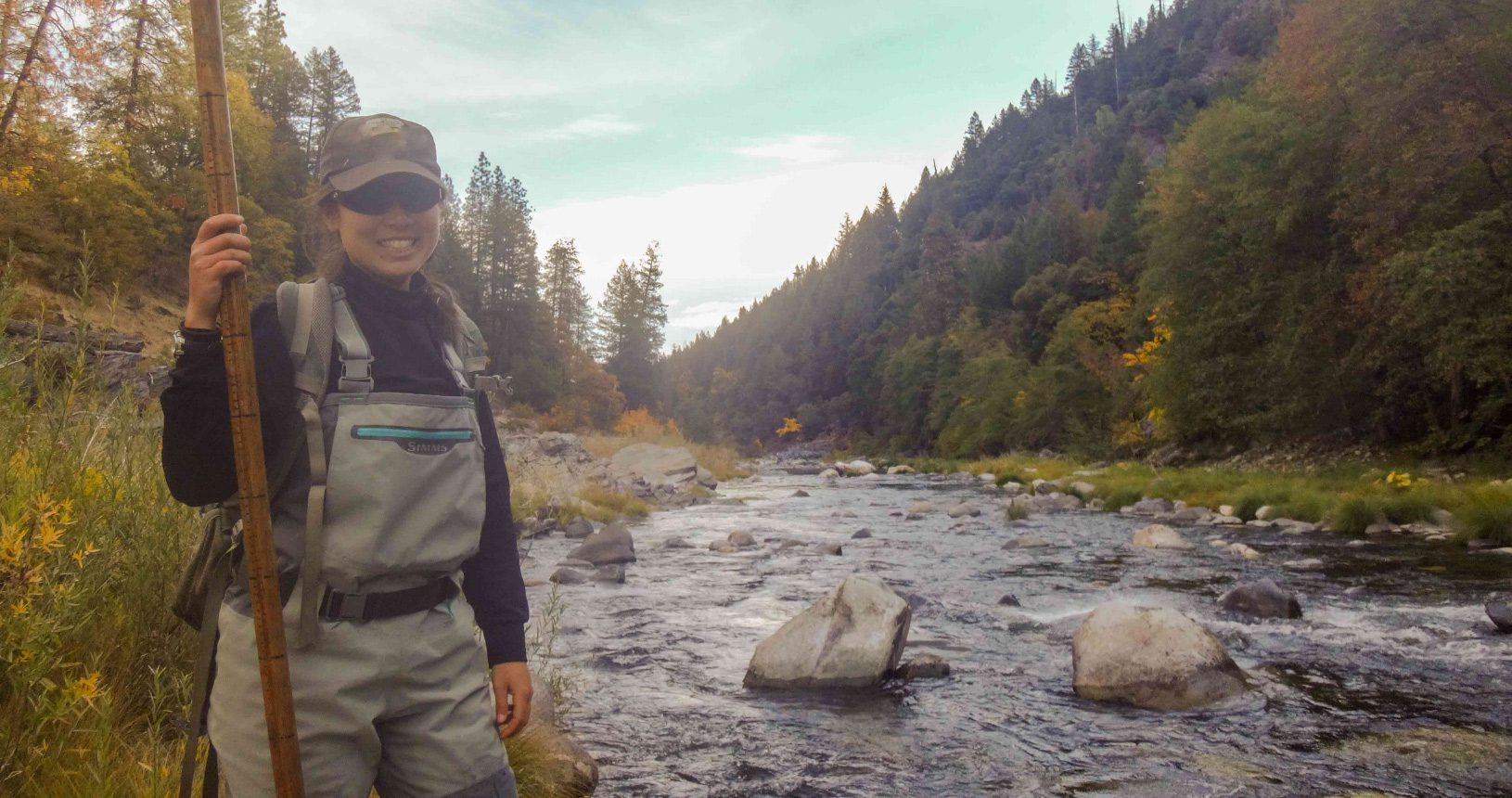
Serena Doose
CalTrout Mt. Shasta-Klamath Project Manager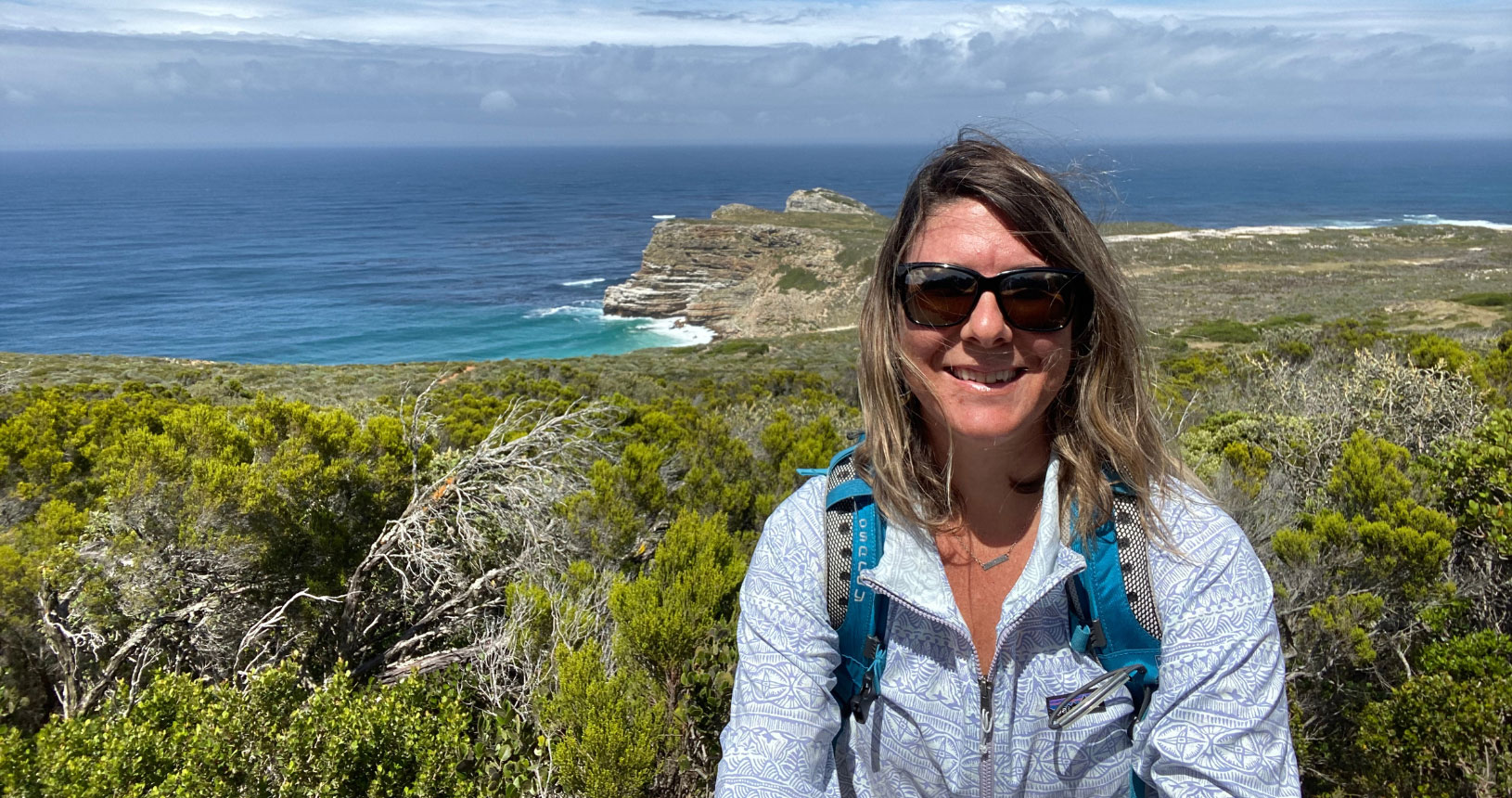
Holly Swan
CalTrout Mt. Lassen Project Manager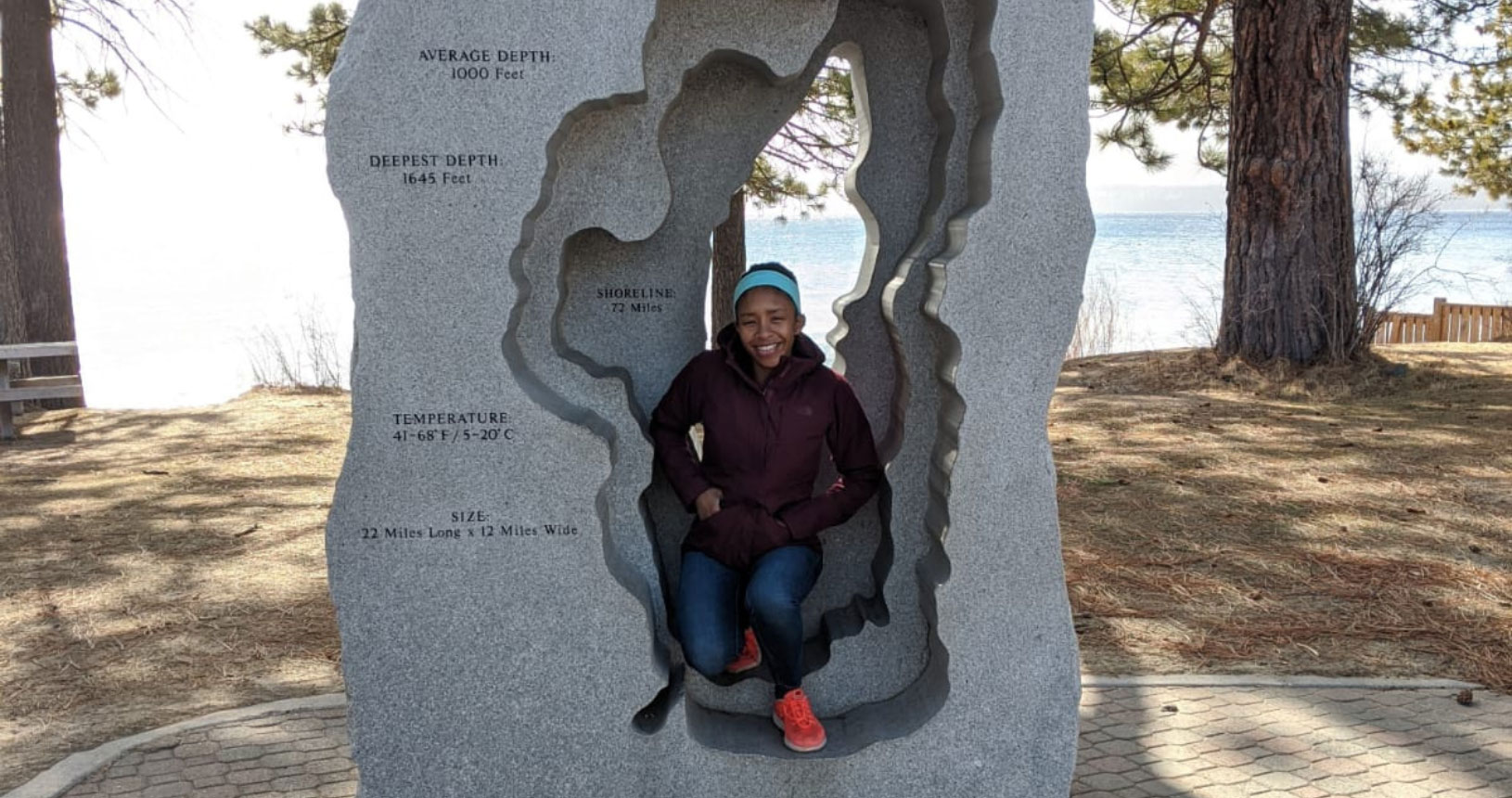
Camyle Allen
CalTrout Conservation Contracts Manager
Claire Buchanan
CalTrout Bay Area Senior Project Manager
Marrina Nation
CalTrout Sierra Headwaters Project Manager
Gaby Roff
CalTrout Director of Institutional Giving
Malinda Baker
CalTrout Grants Associate
Lazara Ramos
CalTrout Grants Manager
Melissa Racklyeft
CalTrout Senior Grants Manager
Sarah Trenschel
CalTrout Member


